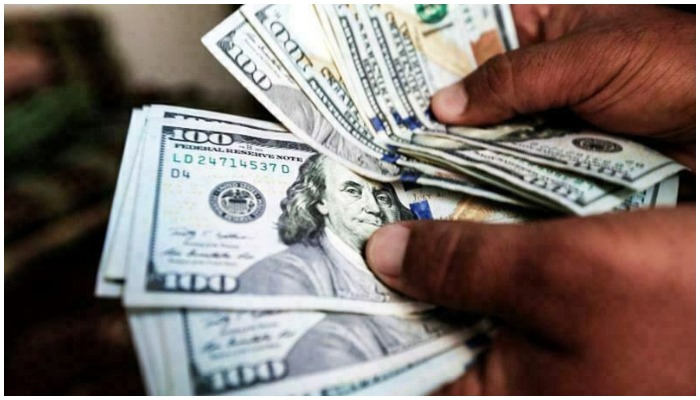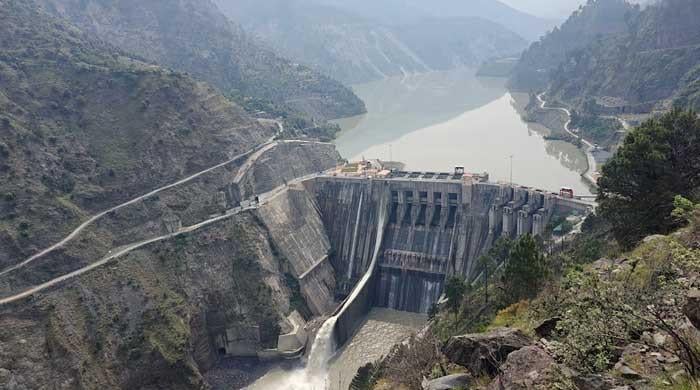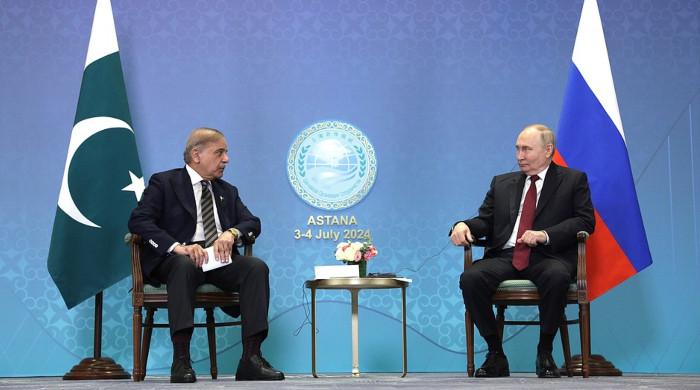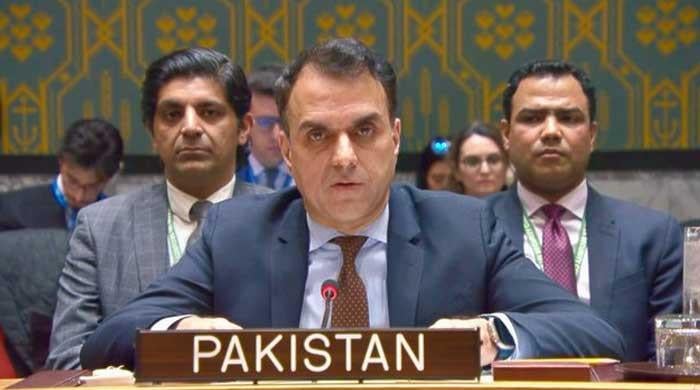Pakistan depends on global commercial banks to continue dollar inflows: report
Official sources site Islamabad's inability to accomplish sixth review under $6b IMF package as reason for reliance on easy dollar inflows
December 24, 2021

- Out of $802.3m in foreign loans raised in November 2021, Islamabad received $663.2m from international commercial banks.
- Sources site Islamabad's inability to accomplish 6th review under $6b IMF package as reason for reliance on easy dollar inflows.
- Data analysis shows govt forced to opt for short-term commercial loans to meet its annual budgetary targets on external inflows.
Pakistan continues to rely significantly on international commercial banks to produce dollar inflows to avoid depletion of foreign currency reserves despite the persistent stalemate over the renewal of the IMF programme, The News reported Friday.
Out of the $802.3 million in foreign loans raised in November 2021, Islamabad received $663.2 million from international commercial banks.
The publication quoted top official sources as saying: "It was Islamabad's inability to accomplish the 6th review under $6 billion Extended Fund Facility of the IMF which continued the country's strong reliance on cheap dollar inflows through commercial banks."
Despite making plans to raise $1 billon through the launch of the Sukuk Bond, the government could not move ahead in the wake of witnessing a low appetite of the international market, the publication reported.
It was then decided that the bond would be launched in the second half (Jan-June) period of the current fiscal year.
Against the total budgetary estimates of $14.008 billion for the whole fiscal year 2021-22, Islamabad has so far generated $4.699 billon during the first five months of the current fiscal year.
Pakistan has been able to raise total dollar inflows in the shape of loans and grants to the tune of $4.7 billion ($4.699 billon exactly) in the first five months (July-November) period of the current fiscal year 2021-22 against $4.5 billion generated in the same period of the last fiscal year.
An analysis of official data showed that the government was forced to go for short-term commercial borrowing to bridge the gap and to meet its budgetary targets on external inflows on an annual basis.
In the same period of the last fiscal year 2020-21, the government had received $4.499 billion total external inflows from multiple financing sources, which were 37% of the annual budget estimates of $12,233 billion for the entire fiscal year 2020-21.
In fiscal year 2019-20, the external inflows were $3.108 billion, which were around (24%) of the annual budgeted amount of $12,958 million. The total receipt of $4.499 billion constitutes $1.3 billion or 29% as programme/budgetary support assistance to restructure Pakistan’s economy; $1.621 billion (36%) as foreign commercial borrowing to repay maturing foreign commercial loans; and $518 million (12%) as project assistance to finance its development projects activities for improving the socioeconomic development of the country and for asset creation and $60 million (1%) as short term credit while $1 billion (22%) received in terms of time safe deposits in the first five months of the last fiscal year 2020-21.
During the first five months of the current fiscal year, the government has generated $128.74 million from bilateral creditors as China provided $73million, France $3.5 million, Germany $3.52 million, Japan $5.15 million, Saudi Arabia $1.09 million, UK$10.01 million and USA $29.23 million.
The government had generated $1.04 billion through Eurobond in July 2021, so this amount also added up in total received dollar inflows in the first five months of the current fiscal year. Through international commercial banks, the government obtained $1.529 billion during the first five months of the current fiscal year. The government obtained $720 million from Dubai Bank, $478.2 million from Standard Chartered Bank, London, and $270 million from Consortium of Sussie AG, UBL and ABL. The government has obtained $1.998 billion loans from multilateral creditors during the first five months of the current fiscal, including $620 million from ADB, $37.77 million from AIIB, $115 million from WB’s IBRD, $739.15 from WB’s IDA lending, $468.3 from IDB’s short term and many others.
Pakistan’s total foreign exchange reserves stood at $25.027 billion; the foreign reserves held by the SBP stood at over $18 billion and commercial banks $6.45 billion. During the week ending on December 10, 2021, the foreign exchange reserves decreased by $90 million to $18.56 billion.









